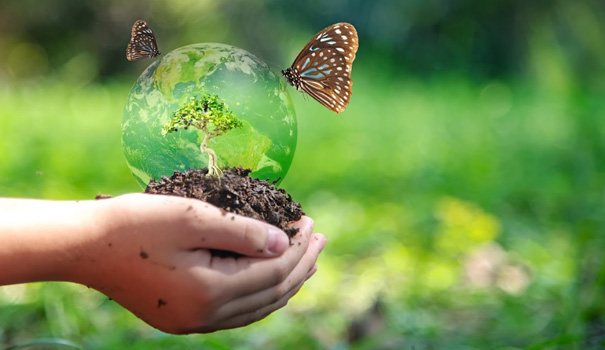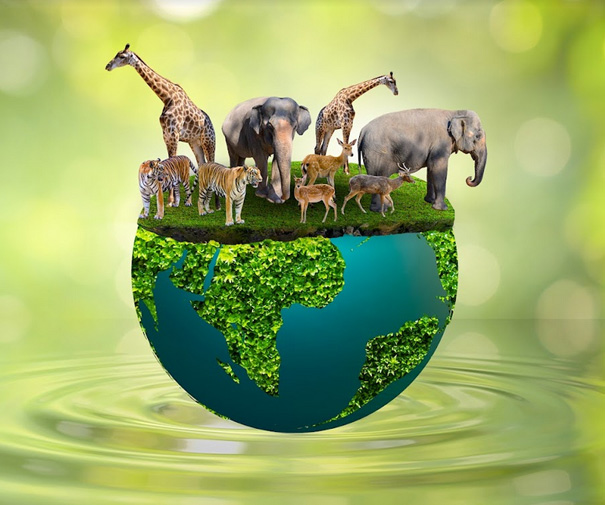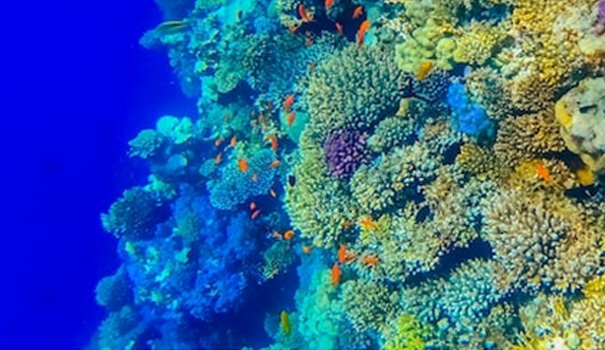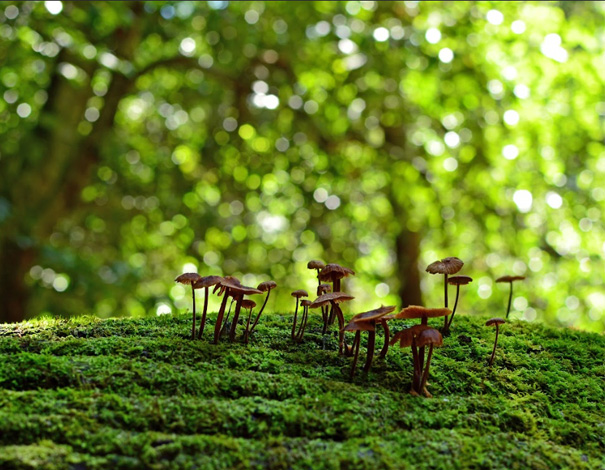Biodiversity describes life on earth. The variety of plants and species that sustain life make it the most intricate and vital element on earth.
It deals with both natural and artificial ecosystems, nature’s variety, and biosphere. It includes a number of different organisms and their frequency in nature. It also includes the group of organisms at various levels.
Biodiversity provides us with:
That is why it is important to understand and protect the biodiversity.


The importance of biodiversity is:

Over the past century the human population has exploded. We have overused the resources which affect the biodiversity of earth. However not all changes in the biodiversity are manmade, some are from evolution of new species.

Climate change effects biodiversity in both bad and good ways. It is important to understand the changes from climate change to help protect our biodiversity.
Increasing temperatures for example have prompted some species to change their conduct. Behaviors like physically changing, changing biological events, or changing their geographic radius. Unfortunately, even some species adapting to the changes may be doing so too slowly.
Rising temperatures on the oceans can cause restrictions to movement of vital deep-ocean nutrients thought to arouse primary making of phytoplankton, microscopic marine organisms accountable for half of all primary production.
On the other hand rising temperatures in frigid ocean areas cause ice melt. The ice melt causes an increase in phytoplankton populations, and catalyzing primary creation in those areas.
How can we protect and conserve biodiversity? Here are the top ways for all of us to conserve and protect the biodiversity of the planet.
By protecting and conserving biodiversity we can protect our planet for future generations. It will also improve our ecosystem and provide a cleaner more hospitable environment for humans.
